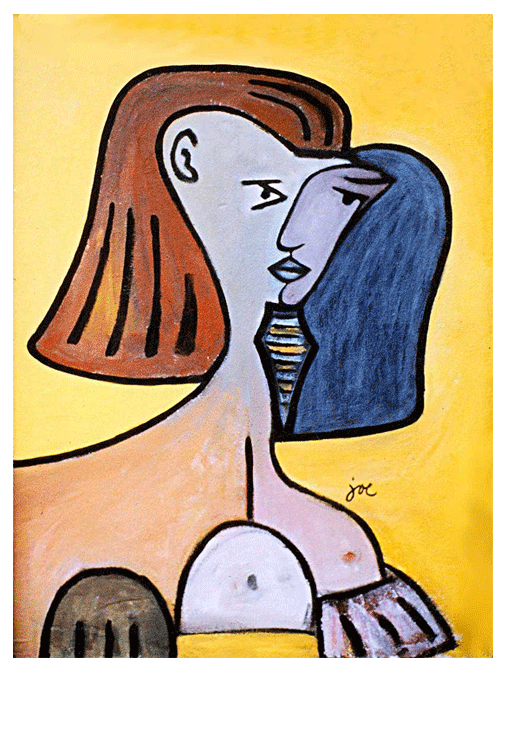The Podiatrist’s Lament
At the park, Dr F sat at the foot of the statue and let the breeze cool his face. He peeled off his loafers, his socks, and wriggled his toes. It felt good to free them from his shoes. He watched as the tendons and bones, strained from the walk through the park, began to look less livid. There were traces of an old gout and a cyst. His toenails needed clipping. It was one of those things he hated doing, trimming, filing, buffing, and it was getting more tedious as he got older. His nails were turning bark-like, hard and tough, and cracked easily, and there was a brownish pall to them. His marriage was in no better shape. He wished he could give his nails – and his marriage – a varnish of red, purple, or orange, and hide their decay. In this situation, he wished he was a woman so he could paint his nails without folks judging him. No, no, he was not that way. He liked being a man. He liked being a man who liked women. Loved women. Toenails were an exception. An unfairness he had to live with. He turned to look at the statue’s bronze feet and marveled at their perfection, at how they hadn’t lost their gloss despite weather and vandalism. How many years had she stood there, silently, enduring the passage of time? A hundred? More? How many men like him, Dr F wondered, had sat at her feet to lament about their middle age? What about all the other statues – mostly of men – that had been toppled by wars and disasters, like his own marriage? But she had remained there, towering over the park and its visitors, graffitied by birds and stupid humans. He remembered the first time he touched her feet. He had felt a sensation he had never felt before, a tingling that traveled across his arms, a joy that rose to his chest, and a pleasure so great that his knees almost gave way.

